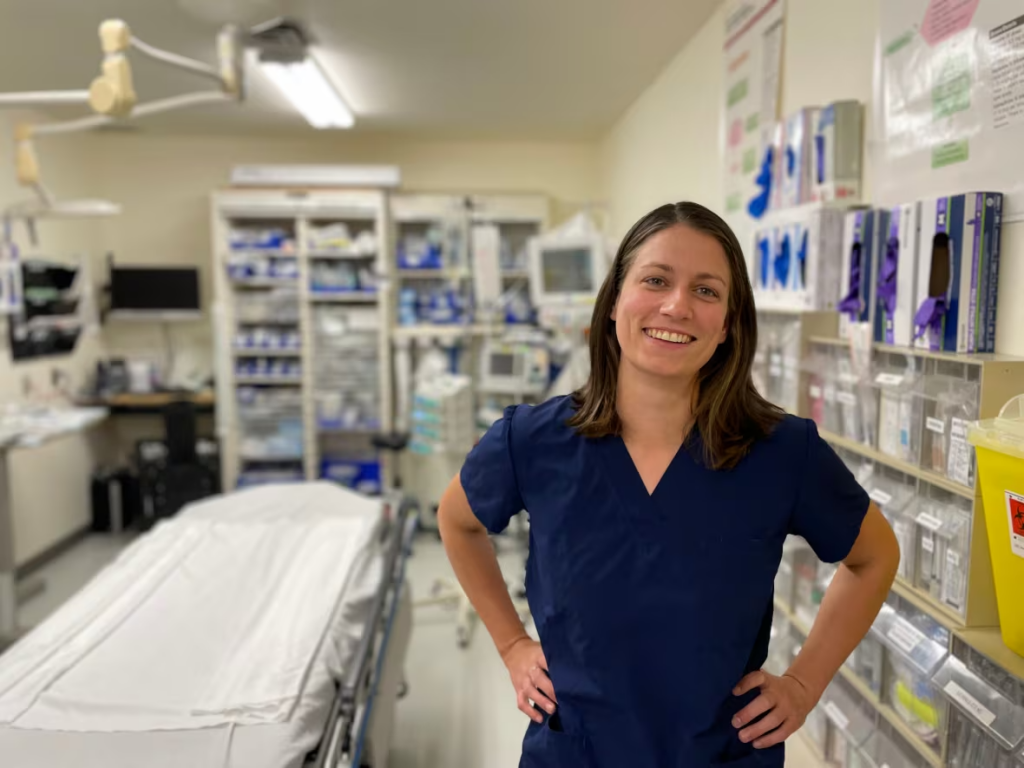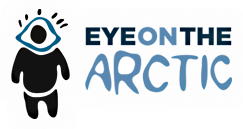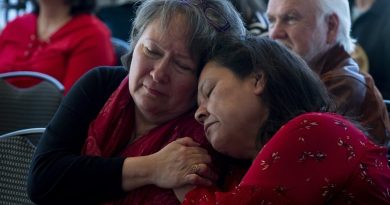Nunavik TB action plan to be finalized in coming weeks, says health ministry

Earlier this year, Nunavik’s mayors tried to get tuberculosis outbreaks declared a public health emergency
Quebec’s Ministry of Health and Social Services (MSSS) says it’s working to finalize a tuberculosis action plan in Nunavik in the coming weeks, while doctors in the region continue to exhaust all efforts to curb infections.
Most notably, the plan from the Nunavik health board includes hiring a third-party organization to co-ordinate the logistics of responding to the outbreak — including bringing in extra health-care professionals. Dr. Yassen Tcholakov, the board’s interim public health director, says a call for tender for that external agency has been issued.
He also insists these aren’t just temporary workers they’re looking to recruit, and it’s not the same as using private agency nurses down south.
“A lot of the requirements is for this organization to come with staff that are going to be culturally-trained, that’s going to have specific competencies related to Nunavik and have continuity over a long period of time,” he said.
“So it’s not going to be the same thing as someone coming in to fill in a gap for two weeks and getting paid a lot more, having a lot better working conditions.”

MSSS says it’s also created a working group to provide expertise and support the fight against tuberculosis in Nunavik.
Tcholakov says the health board is still working to bring in more resources, regardless of the time it will take for the province to finalize their action plan. That includes discussions with the province’s medical bodies to reduce barriers for training people locally to do tuberculosis prevention work.
“If those negotiations come to fruition, we’ll be able to not only offer the care more rapidly, but it’s also going to be … be delivered by people within the community that understand, that can explain things in patients’ own language,” he said.
Random cases
As of this week, there are 79 cases in the region this year. If the trend continues, Tcholakov worries that 2025 could see a new record of confirmed cases, surpassing the 94 that were reported in 2024.
Dr. Sarah Bergeron, a physician with the Inuulitsivik Health Centre, is worried about the number of cases being detected outside of regular testing.
“So people that were coming into the health system to get checkups for other reasons … and they need to have a picture of their lungs. Because of that, we were finding tuberculosis out-of-the-blue for those patients that didn’t necessarily have symptoms. So that’s a sign the crisis is really more out of control,” she said.
Testing capacity concerns her, especially with many smaller villages lacking basic diagnostic equipment like X-ray machines, resulting in patients having to be sent out of their community for testing and care.

Bergeron says they’ve developed a program where you can use just a single radiographic image, rather than images from multiple views, to detect tuberculosis. However, she says that can cause logistical issues, like housing for technicians to be sent into the community. Increasing clinic spaces for isolated patients is part of the health board’s action plan.
In 2018, the federal government committed to eliminating tuberculosis across Inuit Nunangat by 2030, and halving rates by 2025. Earlier this year, Inuit Tapiriit Kanatami — a national organization for advancing Inuit rights — said reaching this year’s target is now unlikely.
Tcholakov looks to tuberculosis prevention efforts in other parts of Inuit Nunangat for inspiration. In the past, Nunavut has made screening and treatment available community-wide for a period of time in places facing outbreaks. Last month, the territorial government declared an end to years-long outbreaks in two communities.
“We now have a decade of work to do where we have to go back, offer more screening to the population in order to lower the disease burden to a level where transmission slows down very, very much,” Tcholakov said.
‘It’s treatable’
Beyond capacity issues, there are challenges on the ground. Bergeron says it can be difficult to reach people because of phone and internet connectivity, so nurses often have to go door-to-door.
“I think part of the answer is to really increase the in-community services so that people don’t need to leave their family or leave their job for many days to get tested,” she said.
But there’s also the fear factor, from historical traumas of patients being sent down south for tuberculosis care — and she believes more work needs to be done to connect with people.
“We need to reopen that dialogue between the population and the healthcare system and maybe the mayors can also help us with that … because once we have the people in front of us, we can have that dialogue with that individual. But if it’s hard to reach somebody in the community [then] we are not able to open that dialogue,” she said.

Kangiqsujuaq Mayor Qiallak Nappaaluk says her mother was sent down south to a tuberculosis sanatorium in the 1950s. She followed as a six-month-old, and ended up testing positive for latent tuberculosis, but she says that’s no longer the reality anymore.
Tuberculosis is a curable disease that most often affects the lungs — but it can kill if left untreated.
“It’s treatable. It’s really different than before, and before our grandparents,” Nappaaluk said.
But to help people come forward, she says tuberculosis care needs to be more accessible, and she says the provincial government needs to help.
“I know the health board, they’re trying to do their best … but I think they need more funding for housing, workplaces. Those things we have to think about for the future.”
Related stories from around the North:
Canada: Nunavik health board proposes hiring private staff to help curb tuberculosis outbreak, CBC News
United States: Senators, including Alaska’s, sound alarm on cuts impacting Indigenous health care agency, Eye on the Arctic
Greenland: Drones in Arctic health care? Greenland pilot project now underway, Eye on the Arctic



